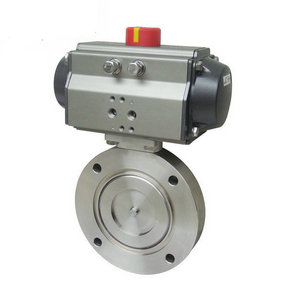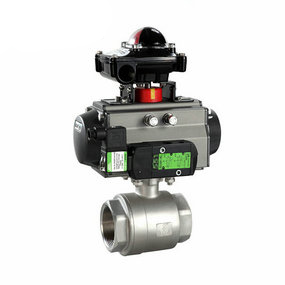How to adjust the pneumatic double flange powder butterfly valve? Powder system? There are other factors that need to be considered for the powder system of the pneumatic butterfly valve, such as: materials cannot be directly rushed to the valve plate when they are put into the trolley from above (this impact force will also make the valve cannot be closed tightly), and the static pressure of materials must not exceed the design bearing pressure of the pneumatic butterfly valve, etc.? The difference between the control valve and the ordinary manual valve is that it cannot be regarded as an isolated element, but must be considered as a part of the entire automatic control system. Many problems in the use of the control valve are not the problem of model selection and configuration, but because the user's lack of understanding of the control valve causes the control valve to fail to debug and cooperate well with the control system. As long as we recognize the key point of the problem, correctly select the valve, and properly debug the control valve in the system commissioning stage, we can greatly reduce the failure rate and make the automatic control system operate stably for a long time.

2、 Working principle of pneumatic ball valve: the pneumatic ball valve can be closed tightly only by using the pneumatic actuator to rotate 90 degrees with the air source and a small rotating torque. The completely equal inner cavity of the valve body provides a straight flow passage with little resistance for the medium. It is generally believed that ball valves are most suitable for direct opening and closing. The main features of the ball valve are its compact structure, easy operation and maintenance, and suitable for general working media such as water, solvent, acid and natural gas, as well as media with poor working conditions such as oxygen, hydrogen peroxide, methane and ethylene. The valve body of the ball valve can be integral or combined.




